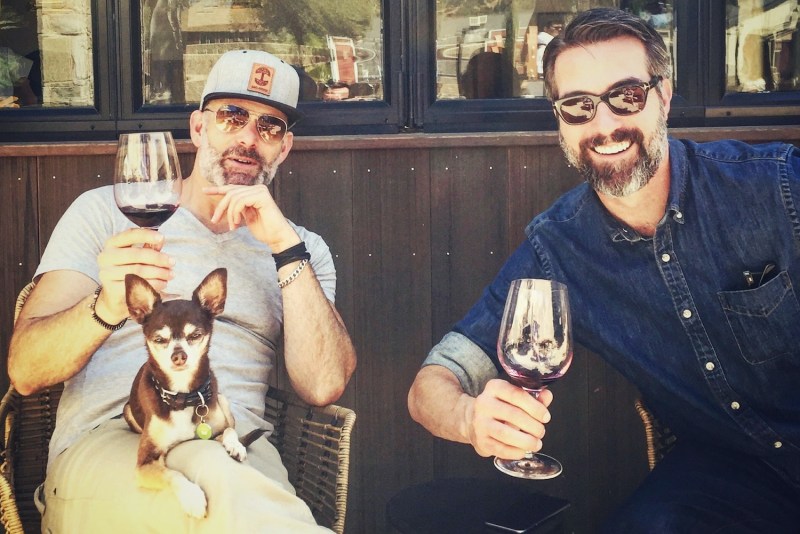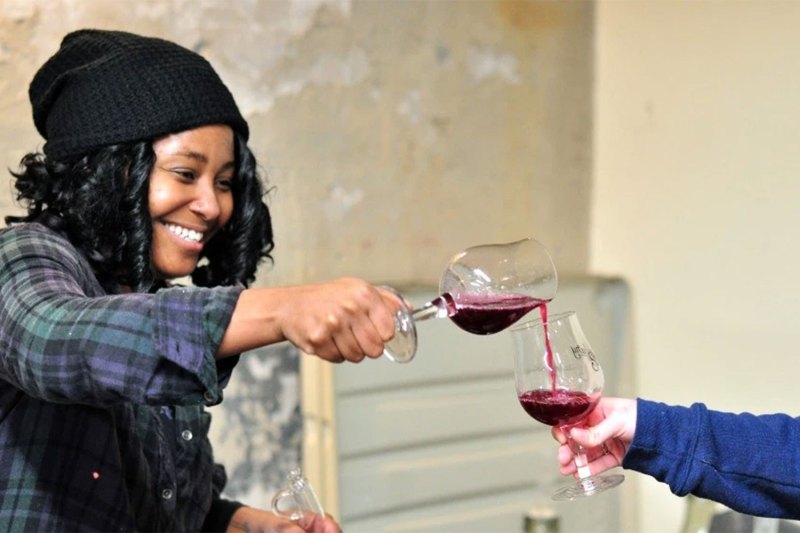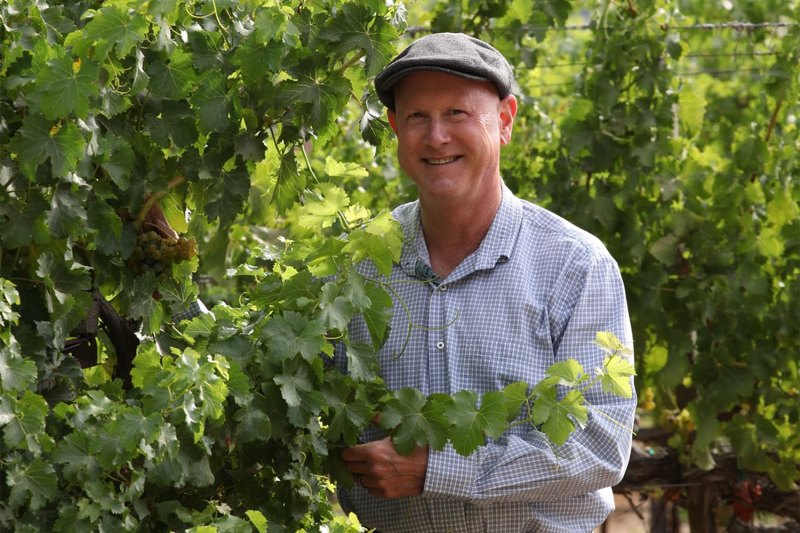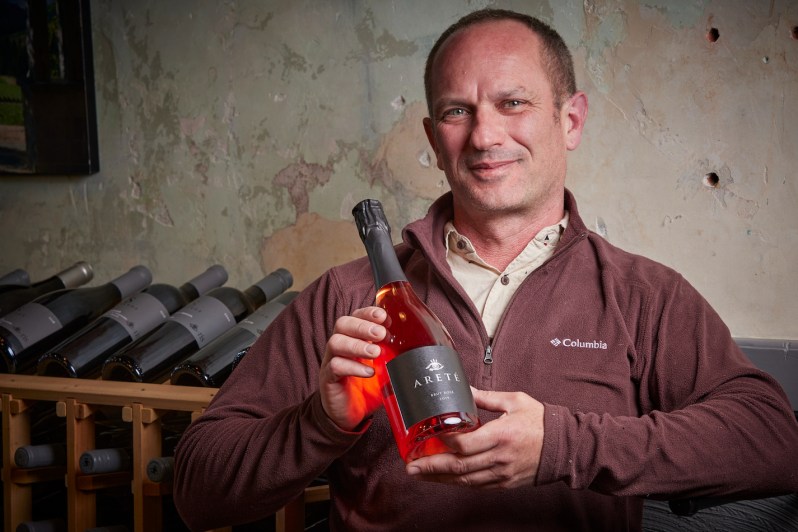
As the wine industry keeps on putting in the work when it comes to real diversity, the community is increasingly blessed with added personalities and perspectives. The scene, which is still arguably dominated by white males, is making way for things such as Black-owned drinks brands, female ownership, and inclusion in general.
One area that remains relatively unrepresented in the industry is the queer community. LGBTQ winemakers take up such a small section of the American wine world that their stories typically go untold. There’s momentum at work looking to change this, what with special tour groups and orchestrated around wine, but by and large, the gay winemaking realm is lacking in resources, awareness, and appreciation.
Wine is for everybody. Until the disproportionate demographic stats within the industry start to level out, there are still barriers to tear down. Fortunately, with wine, that can translate into enjoying a glass of syrah while supporting inclusivity and equal access. Here are six out-of-the-closet winemakers whose excellent work should be on your radar.

Joe Wolosz and Jeff Durham
, based in the Napa Valley, specializes in Bordeaux-style red blends, along with chardonnay and rose. The winemaking reigns are held by partners Joe Wolosz and Jeff Durham, a duo known in the Yountville area for their warm brand of hospitality. The couple was born in raised in California and operates with a genuine sense of pride and ownership in showing off rare wine-growing powers.

Remy Drakbin
Oregon producer Remy Drabkin pours her work under her from a scenic tasting room in the acclaimed Dundee Hills. The McMinnville native has a fondness for Italian varietals especially, such as Sangiovese, Dolcetto, and Nebbiolo. Well-traveled and vastly experienced (having worked harvests since a teen), Drabkin has a sharp cellar acumen that leads to tasty and sometimes unexpected wines, like Auxerrois and Lagrein. Always up to something positive, Drabkin is also the mayor of McMinnville and behind the nation’s first Queer Wine Fest.
Theresa Heredia
Theresa is a gifted LGBT Latina vintner who heads the cellar at lauded Russian River Valley label . She’s gained a following thanks to her carefully assembled pinot noir and chardonnay expressions. The label launched back in 1982 and continues to be a model citizen and much-appreciated outfit even within the crowded northern California wine scene.

Krista Scruggs
Commanded by Krista Scruggs, is a wine project rooted in both Vermont (yes, there’s a Vermont wine scene) and Texas. Scruggs works with both grape clusters and apples, sometimes fermenting the two together. Her wines are best described as natural and extremely intriguing in makeup. As the website says, there’s a purity to the practice, with no funny business in the cellar. ZAFA is woman-owned and has vowed to maintain a staff of at least 85% women in a quest to level the playing field.

Mark Lyon
Lyon is the founder and vintner of in Sonoma. The seasoned wine veteran touts more than three decades of experience, including a lengthy cellar run at Sebastiani Vineyards. He’s currently focused on biodynamically farmed sauvignon blanc, cabernet sauvignon, and balanced red blends. Very much a complex working farm, the Eco Terreno estate includes a pair of vineyards, a bee garden, and a regenerative agricultural approach.

Aaron Lieberman
Lieberman is the winemaker at , a beautiful label set in the southern Willamette Valley. He studied soil science at Oregon State University before working at a number of esteemed Oregon outfits, including De Ponte Cellars and Amity Vineyards. At Iris, Lieberman specializes in excellent chardonnay, pinot noir, and sparkling wine. When he’s not actively making wine, Lieberman volunteers for the Willamette Valley Wineries Association’s (WVWA) Equity, Belonging, and Inclusion Taskforce and is on the WVWA’s Board of Directors.
Want more wine content? Check out our best wine awards and get to traveling in the name of wine with the best wine country regions for adventurers. Your summer just got a lot more fun.



